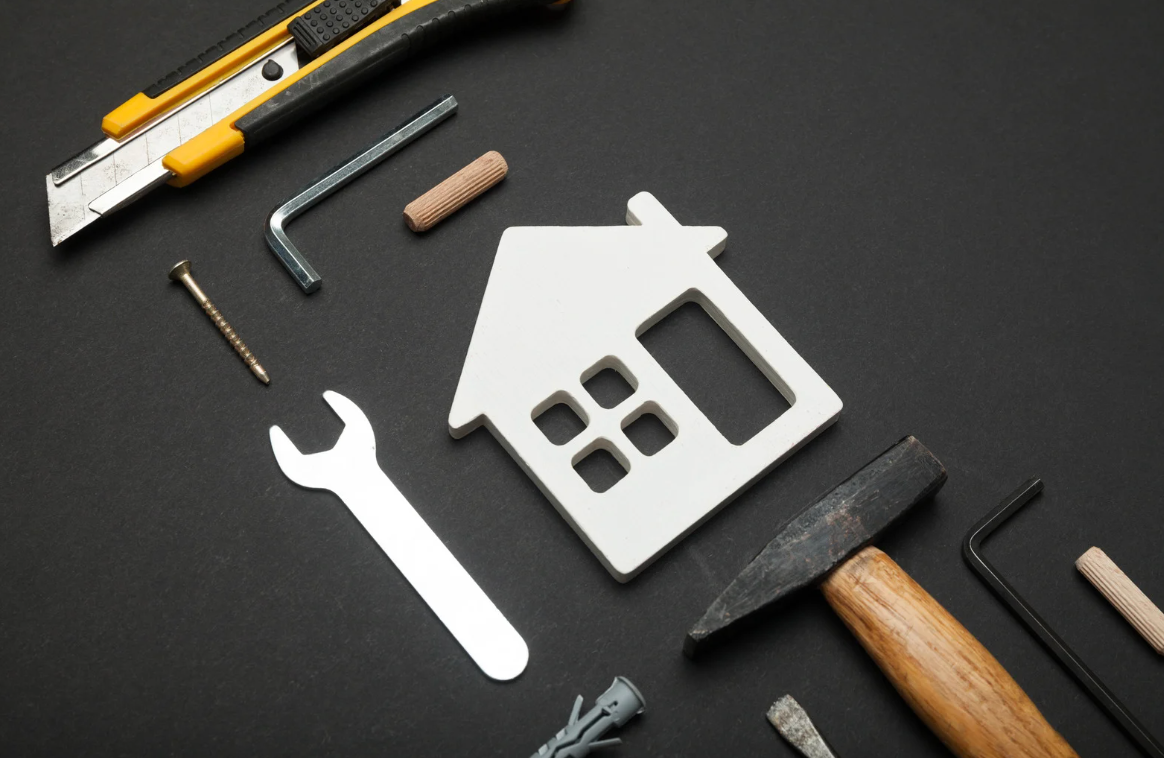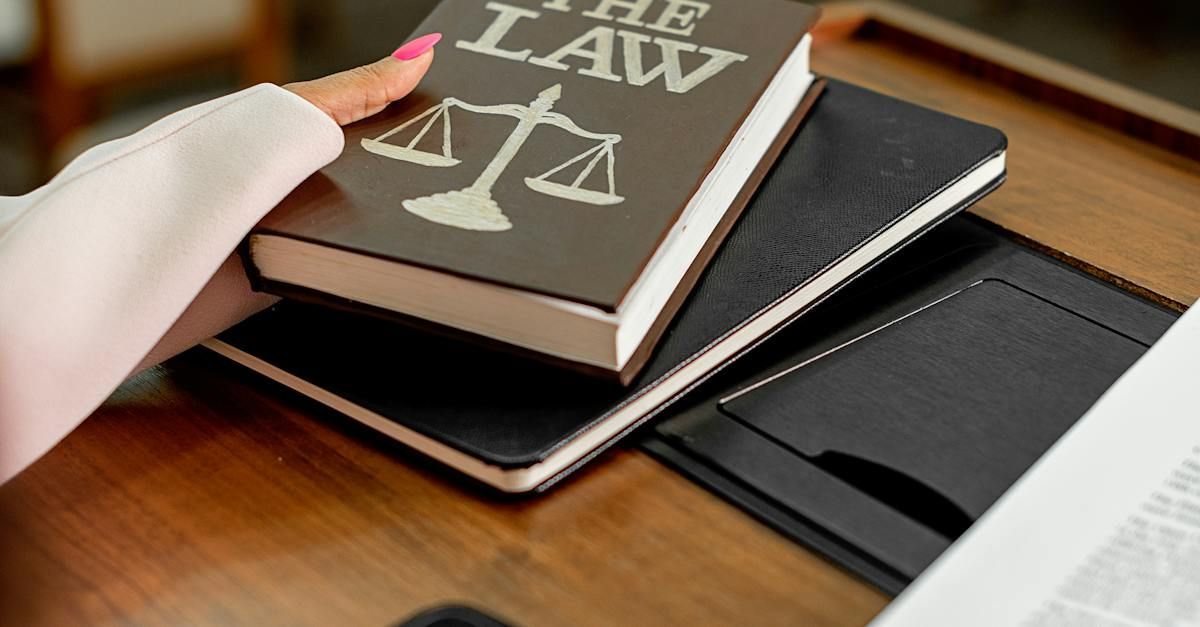What to Do If Your Pipes Freeze
Learn how to prevent frozen pipes, thaw them safely, and avoid costly water damage during cold weather.
Frozen pipes can lead to expensive repairs and water damage. When temperatures drop, knowing how to prevent and handle frozen pipes is essential for protecting your home. Here’s what you need to know.

Signs Your Pipes May Be Frozen
If you turn on a faucet and only a trickle of water comes out, your pipes may be frozen. This often happens in pipes located against exterior walls or near where water enters your home through the foundation.
Steps to Prevent Frozen Pipes
- Keep your home warm day and night.
- Open cabinets under sinks to allow warm air to circulate around pipes.
- If you plan to be away during cold weather, set your thermostat to no lower than 55 degrees.
- Close your garage door and add insulation to pipes in unheated areas like garages or attics.
- Insulate both hot and cold water pipes. Pipe insulation is available at most home improvement stores.
How to Thaw Frozen Pipes
- Keep faucets open while thawing pipes. Running water helps melt ice inside the pipe.
- Use safe heat sources such as:
- A heating pad wrapped around the pipe.
- A hair dryer to blow warm air on the pipe.
- A space heater placed near the pipe.
- Towels soaked in hot water wrapped around the pipe.
- Do not use open flames or devices like blowtorches, gas heaters, or charcoal stoves.
- Continue applying heat until full water pressure is restored. Even a slight temperature increase can help water start flowing again.
If you cannot locate the frozen pipe or if the pipe is inaccessible, call a plumber. Sometimes simply allowing your home’s heat to reach the pipes by opening cabinets under sinks can help.
If a Pipe Bursts
Turn off your water at the main valve immediately and contact a plumber for repairs.















